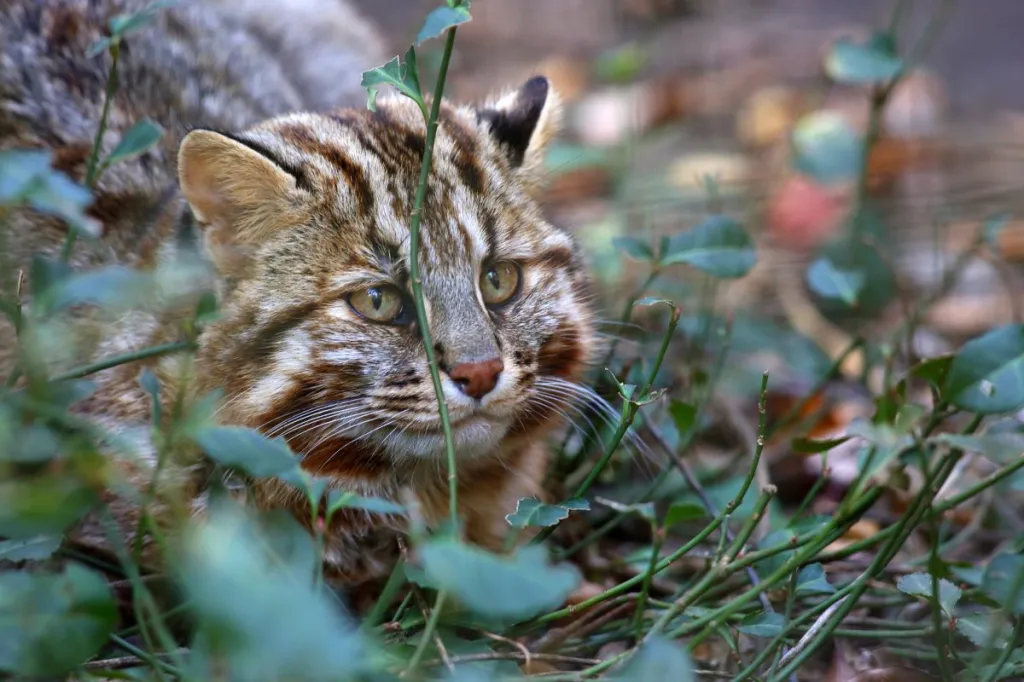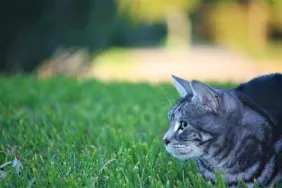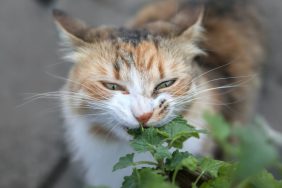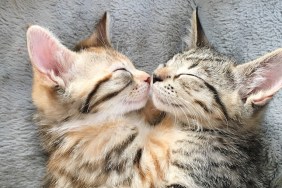Iriomote and Tsushima cats are subspecies of Leopard Cats. The breeds are only found on two Japanese islands, which happen to be named after them. Since their population is critical, their survival and well-being are top priorities for the Ministry of the Environment (MOE) in Japan.
Physical descriptions of Iriomote and Tsushima Cats
Japan’s endangered wild cat species may be mistaken for house cats from afar but they have distinctive features. As per Hakai Magazine, Iriomotes look like “a large, gray tabby” but have rounder ears. They also have spots instead of stripes and only exist on Iriomote Island.
Contrastingly, Tsushima cats are the same size as domestic cats. Despite that, they have stripes in the middle of the foreheads, along with “rounded ears” and “white spots” on the back.
While the felines are contained to their respective islands, they face various threats. These include deforestation, canal construction, and roadkill accidents. Moreover, since the existing population is relatively small, the lack of preventive measures would result in them being wiped out easily.
How island conservation helps subspecies
As per Mongabay, the Iriomote and Tsushima cats’ survival is a top priority. Japan’s Ministry of Environment has taken several measures to ensure their survival. The two feline species have approximately “100 individuals” and are listed as “critically endangered” on Japan’s Red List of Endangered Species.
In addition to the aforementioned threats, “habitat degradation” and “fragmentation” further impact the Tsushima cat. MOE has initiated several programs to prevent these animals from going extinct. These include extensive data collection efforts, as well as educating both locals and tourists. Critically, the initiatives also focus on rehabilitating injured felines.
On Iriomote Island, the local government got rid of stray cats who can carry diseases such as FIV. According to MOE’s website, in 2007, several zoos successfully bred Tsushima cats to be released into the wild. However, as per Mongabay, the felines are yet to be released.









